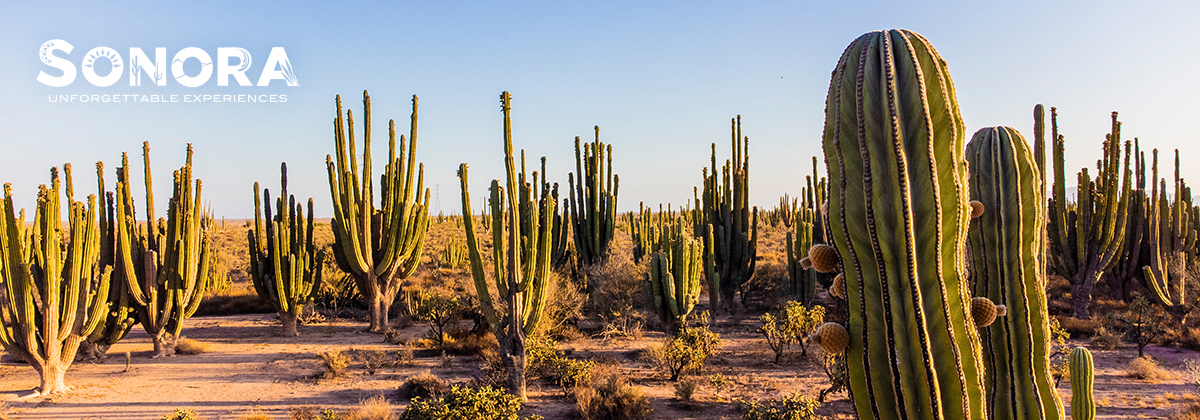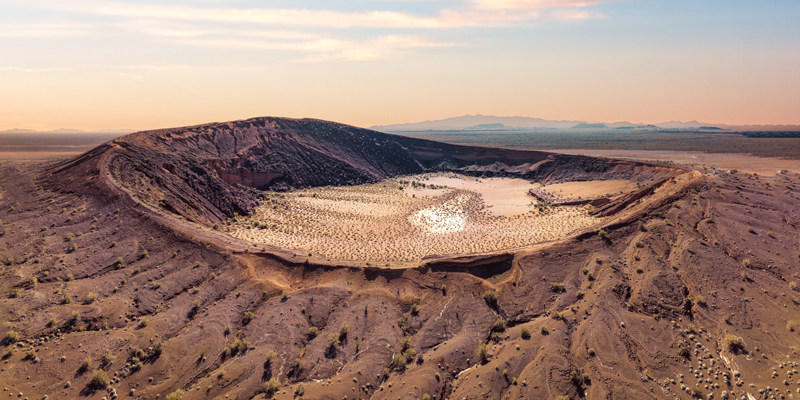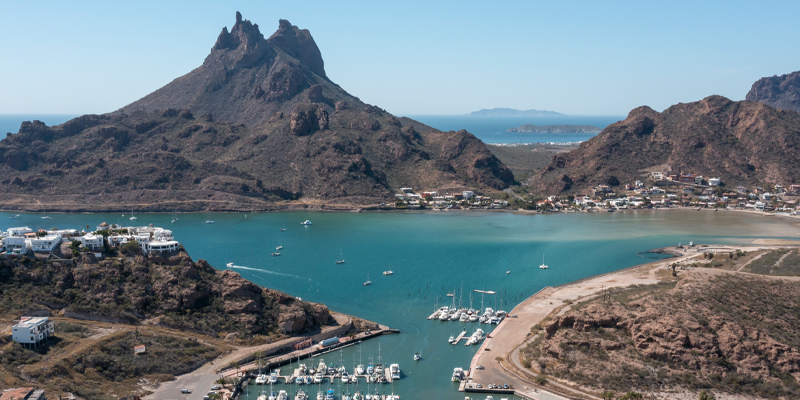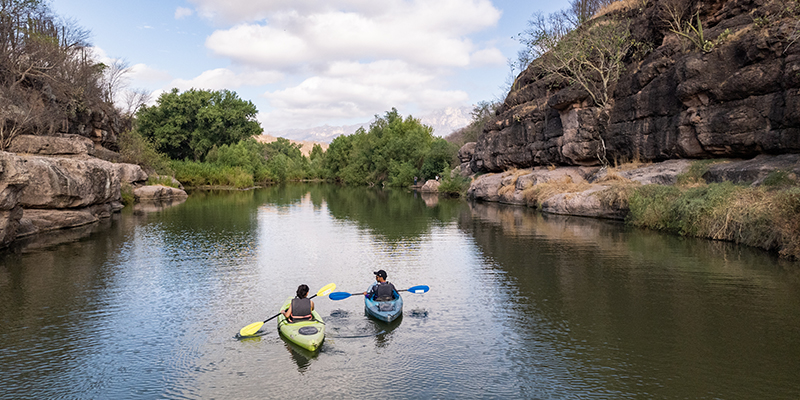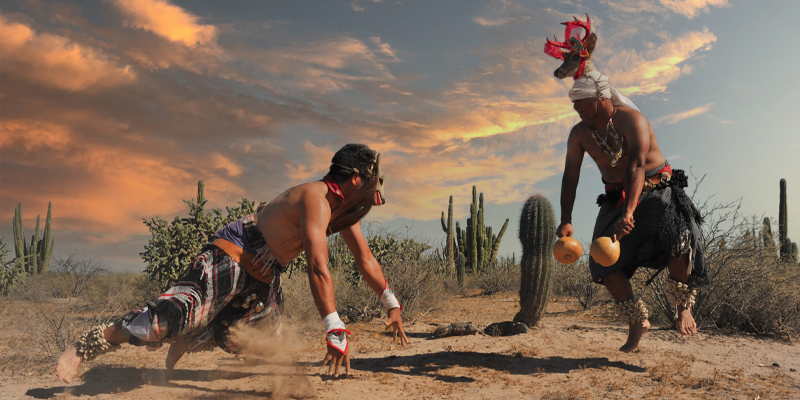If you have visited Mexico, you know that our country is the result of cultural and linguistic adaptations, and Sonora is the best example. Sonora’s history predates the Spanish Conquest and is home to several native tribes, including the Cucapa, Tohono O’odham, Comcaac, Pimas, Guarijio, Yaqui, and Mayo.
The Italian Jesuit missionary, Father Eusebio Francisco Kino, played a significant role in the region’s evangelization, bringing together religious festivities and indigenous traditions. Sonora became a state in 1831 and is known for its size, geographical features, economic activities such as cattle livestock farming, agriculture, and mining, as well as its great potential in tourism.
We cannot talk about Sonora without mentioning its cuisine and its own agave spirit, “Bacanora”. Sonoran gastronomy is a product of the combination of native techniques and the European influence that arrived in our land centuries ago. Evidence of this is seen in the inclusion of wheat and beef, which were imported by the Spanish and are now part of the foods that define our gastronomic customs in Sonora, along with corn, beans, squash, green or red chili, and chiltepín. The recommendation is to try the delicious carne asada, as Hermosillo recently set the Guinness World Record for the Largest Carne Asada. Other dishes to savor include carne machaca, carne con chile, gallina pinta that tastes better with a bit of chiltepín, and to top it off, a delicious coyota from the Magical Neighborhood of Villa de Seris.
In addition to its coastal areas, Sonora is home to the famous El Pinacate and the Great Sonoran Desert Biosphere Reserve, the fourth largest terrestrial reserve in Mexico. The United Nations Educational, Scientific and Cultural Organization (UNESCO) declared it a Natural World Heritage Site in 2013, and it features the Schuk Toak Museum and Visitor Center. Being one of the 13 wonders of Mexico, it is located between the municipalities of Puerto Peñasco, Plutarco Elías Calles, and San Luis Río Colorado.
With 72 municipalities, four of them have been recognized as “Magical Towns”: Alamos, Magdalena de Kino, and recently added to the list are Ures and San Carlos. This national initiative in Mexico honors their outstanding preservation of culture, history, and nature.
Other popular destinations like Puerto Peñasco – Rocky Point, San Carlos, Bahía de Kino, and Huatabampo offer beautiful beaches and attract real estate investments. Visitors can also explore cultural attractions such as Perlas del Mar de Cortes, a pearl farm that cultivates pearls using special pearl oysters and produces jewelry. More than just sun and sand, visitors to Sonora can also find spectacular landscapes while hiking in the Cuchujaqui River, a protected area located in the southern part of the state. Alternatively, if road trips are their preference, they can enjoy the landscapes offered by the Sierra Alta circuit. Sonora’s uniqueness lies in its landscapes, culture, gastronomy, history, location, and its warm and welcoming people, making it one of the most attractive destinations in Mexico. Now that you know a little more about this great treasure, we invite you to discover it and plan your trip at www.visitsonora.mx
